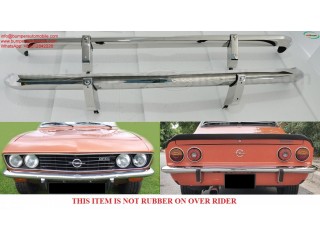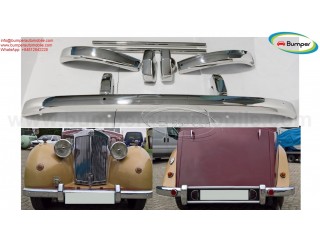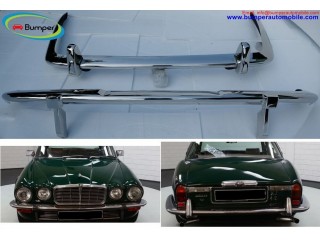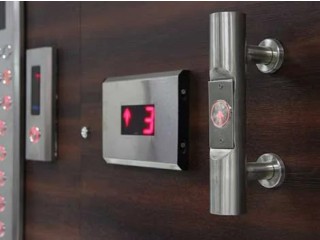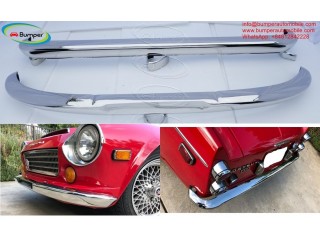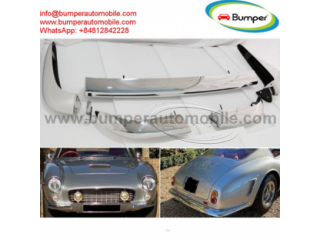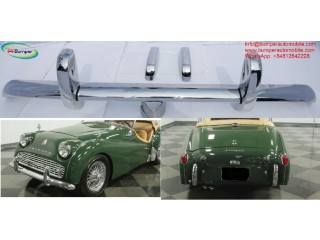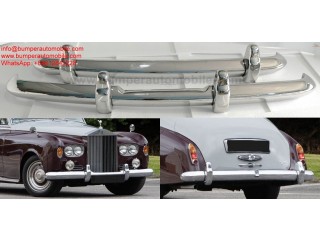Pressure Transmitter Private
2 years ago - Automobiles - Bareilly - 178 viewsPressure Transmitter
Pressure transmitters are a common and well understood technology especially within the petroleum, petrochemical, refrigeration and fuel gas markets and they are extremely economical compared to other technologies.
Pressure transmitters are a common and well understood technology especially within the petroleum, petrochemical, refrigeration and fuel gas markets and they are extremely economical compared to other technologies. If a level is to be made in an open vessel a pressure transmitter (PT) is placed at the bottom and the head pressure caused by the weight of the liquid can be used to calculate the height of the liquid. Differential pressure transmitters can be used on pressurised vessels using the same principles (9).
Level measurement using pressure transmitters cannot be deployed in primary separators as the change in temperature will impact the measurement, the change in density of the oil during operation will impact the measurement and any fluctuation of the oil/gas differential pressure control valve or pressure disturbances would also impact on the reading.
Portable dP gauges are used to monitor the dP across strainers, online densitometers, DB&B valves, prover interchange valves, and other devices. All pressure gauges shall be equipped with calibration stickers indicating the last test or calibration date and who performed the calibration. The calibration sticker should be clearly visible and constructed of a rugged material. All recordings on the sticker should be made with indelible ink. The dial gauge cover should be clear and abrasive resistant. The pressure gauge should be readable with permanent figures and markings and equipped with a blowout disc for safety. The scale shall be in graduations of no greater than 2 psig with longer graduations at each 5 psig and numbered at not greater than 10 psig intervals. The error at any point on the scale should not exceed ±2 psig. The maximum allowable working pressure (MAWP) of the dP gauge should be at least equal to the MAWP for the measurement facility.
A differential pressure transmitter is a device that translates physical force to an electrical signal. The most common type of force transducer uses a diaphragm, piston, bourdon tube, or bellows to sense the physical force and various strain/force-sensing devices to convert the deflection of the physical element to an electrical signal. Traditional strain-sensing devices include the following: capacitive cells, piezoresistive strain gauges, piezoelectric quartz material, and electromagnetic devices.
In the United States, companies such as Rosemount, Cameron/Barton, Foxboro, and Ultrasystems have provided transmitters that specialize in safety system pressure measurements. These transmitters may still function successfully on some iPWR designs, but many will have to be reengineered for different mounting configurations, size constraints, and environments. Many iPWR designers, when faced with a modification program, may choose to go with new technologies rather than modifying the old ones. The new technologies may offer advantages in size, redundancy, accuracy, and environmental resilience. Some of these new technologies include microelectromechanical system (MEMS) sensors, fiber optic sensors, and ultrasonic sensors.
In the optical fiber category, a company called Luna Innovations has developed and successfully tested fiber optic pressure sensors, like the one shown in Fig. 6.1, in a research reactor environment. These fiber optic pressure sensors have been shown to operate in radiation environments with flux levels much higher than those compatible with most electronic pressure sensors. With traditional technology, it is necessary to protect traditional electronic gauge pressure transmitter from harsh radiation conditions near the core; this requires the use of long pressure sensing lines, which limit the response time to pressure transients and increase the number of wall penetrations. Luna’s fiber optic pressure sensors are designed to operate in harsh environments. When these pressure sensors were combined with Etalon-based fiber optic temperature sensors providing temperature compensation, drift effects were minimized. The attractiveness of this technology for iPWRs is obvious, with the elimination of sensing lines, the minimization of penetrations, the small size of the sensor, the rapid response to pressure fluctuations, and the operability in high radiation fields. With these attributes, this technology bears merit for primary and secondary side pressure measurement (Dickerson et al., 2009).


